American Caricature
- caricature /
- American Caricature
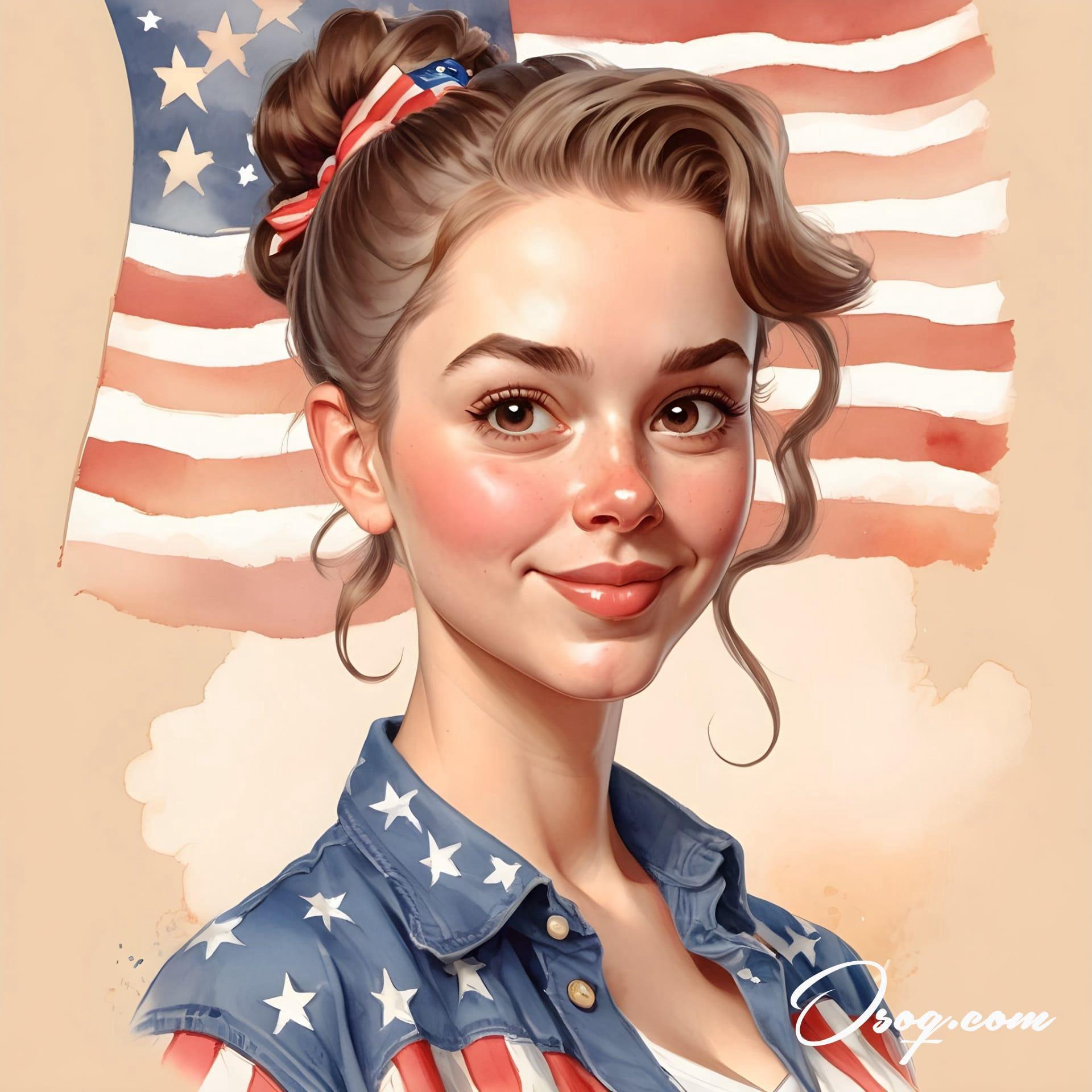
Caricatures amplify features. In American caricature, artists often exaggerate one or more facial or physical features to highlight the unique aspects of the subject, making the depiction instantly recognizable yet humorously distorted.
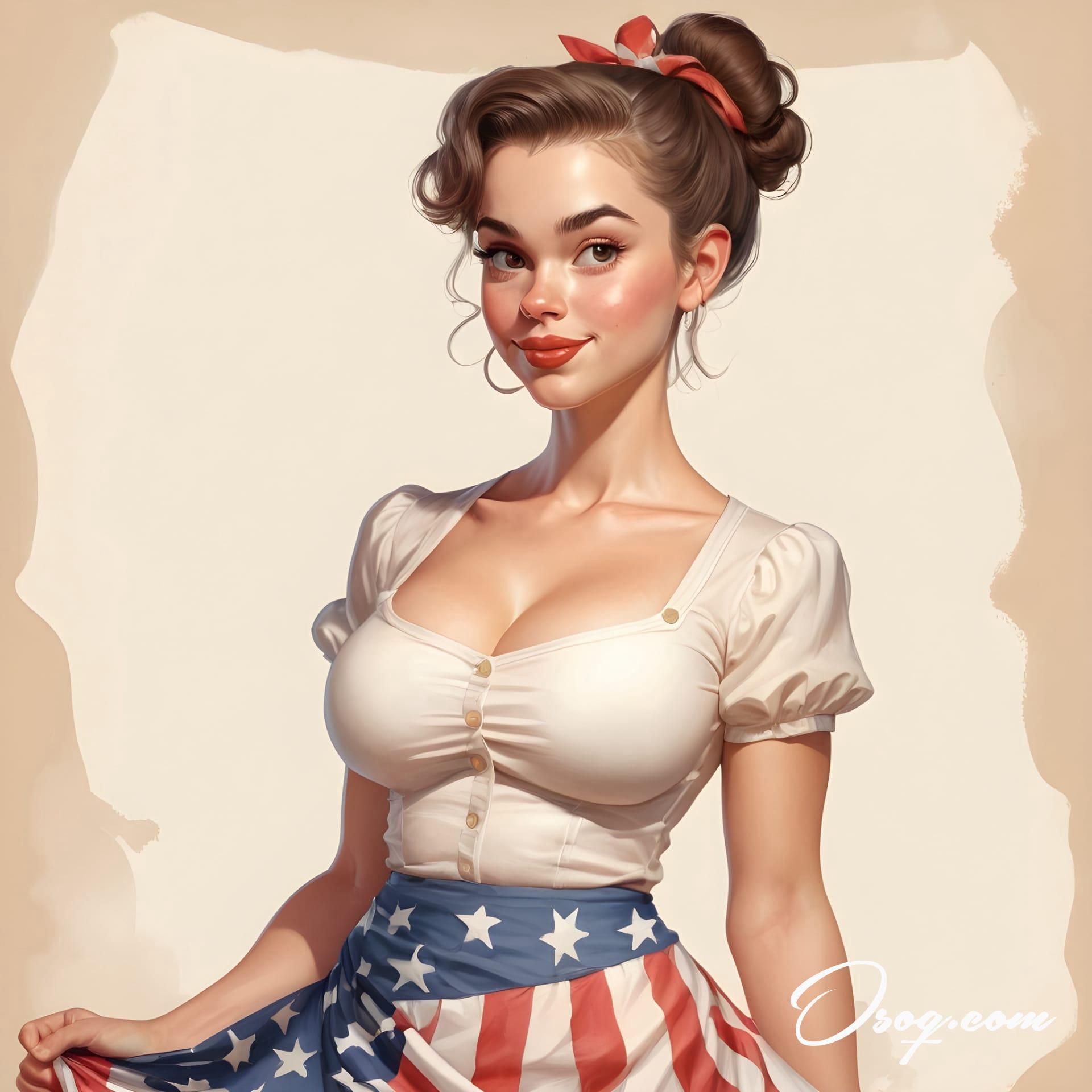
It’s a historic art form. Caricature has a long history in the U.S., with roots tracing back to early political cartoons in newspapers, which used exaggeration to convey political and social commentary.
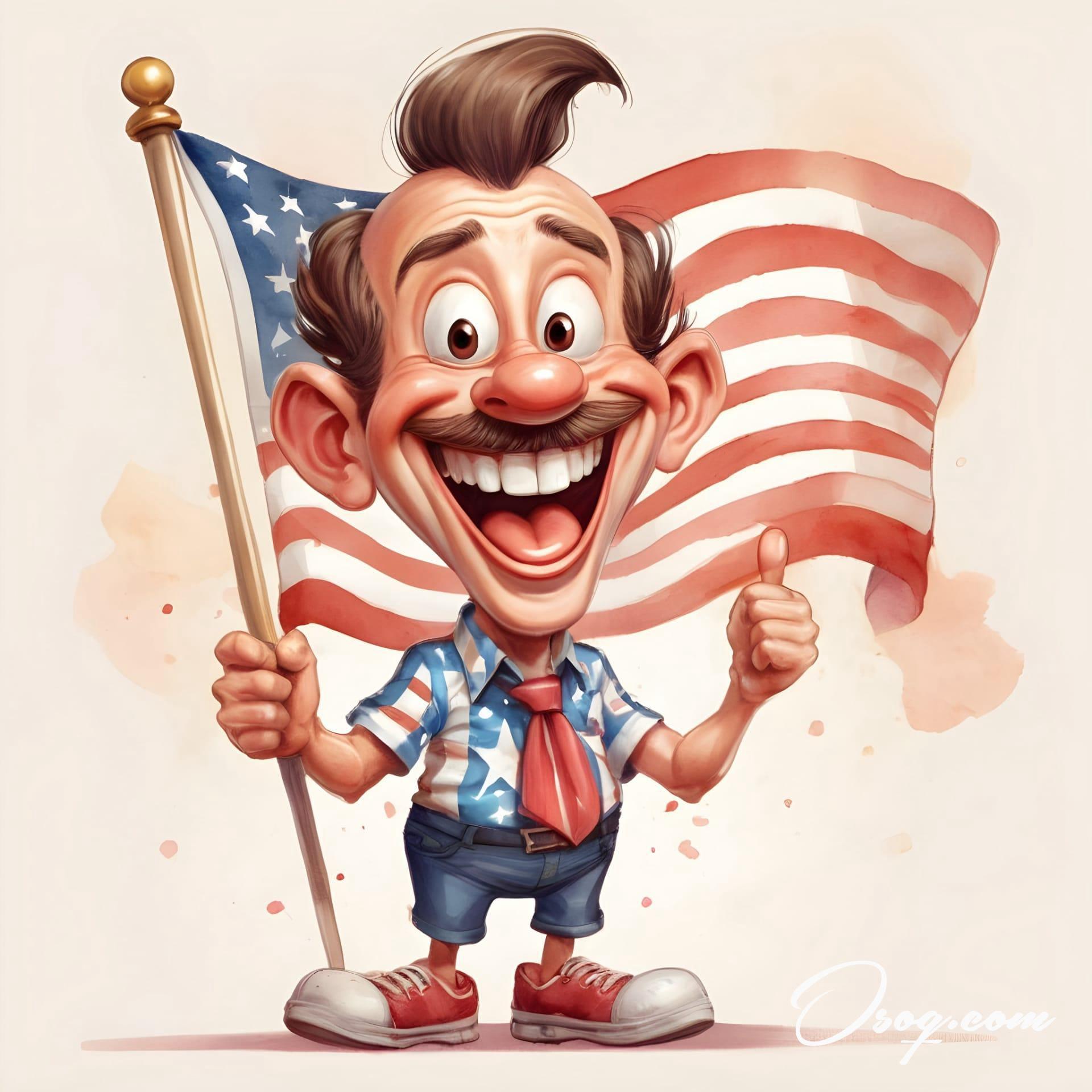
Famous faces are common targets. American caricaturists frequently focus on celebrities, politicians, and other public figures, using their art to poke fun at or comment on these individuals' prominent features or public personas.
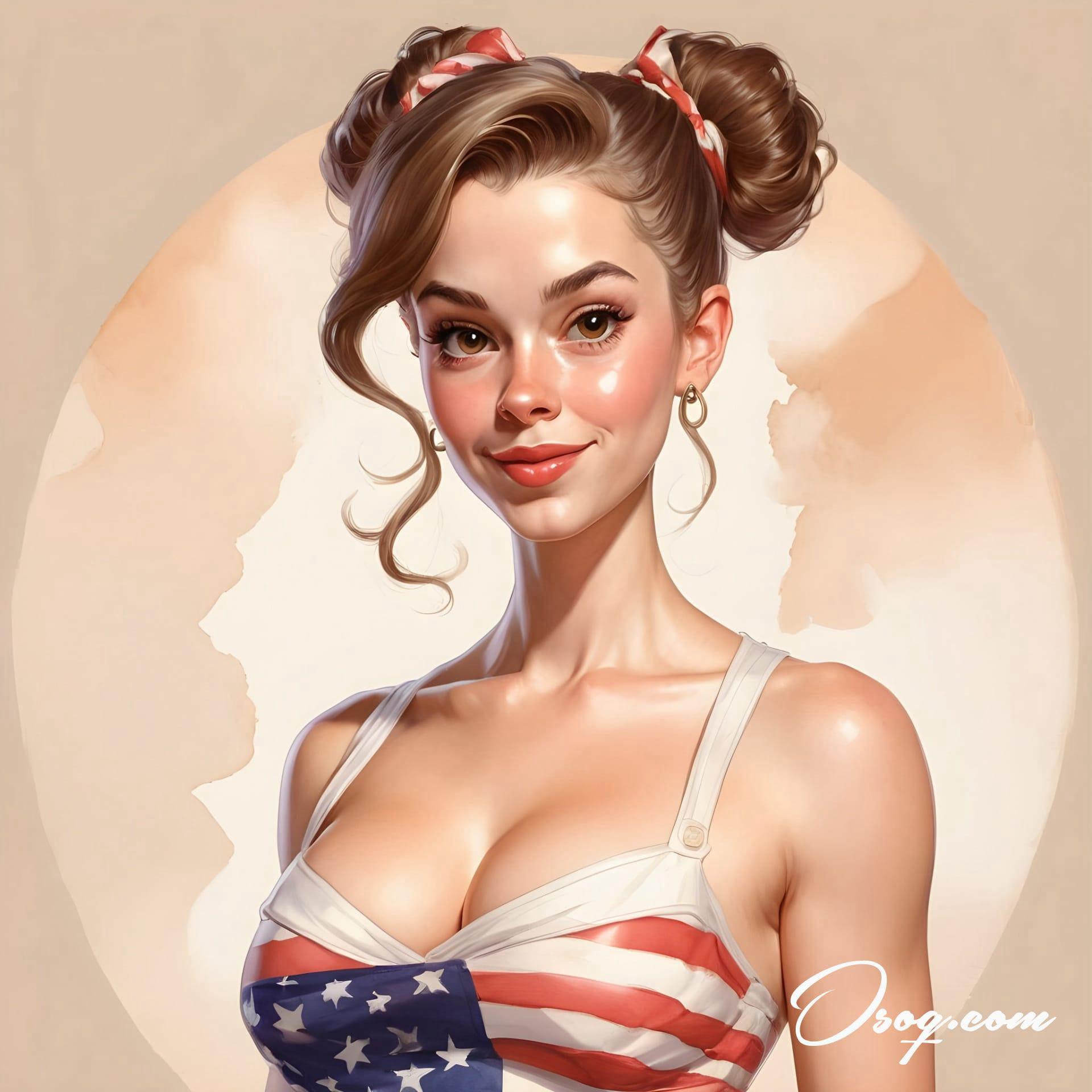
Not just for humor. While often humorous, caricatures can also serve to make poignant or critical statements about society, politics, and human behavior, blending satire with artistic expression.
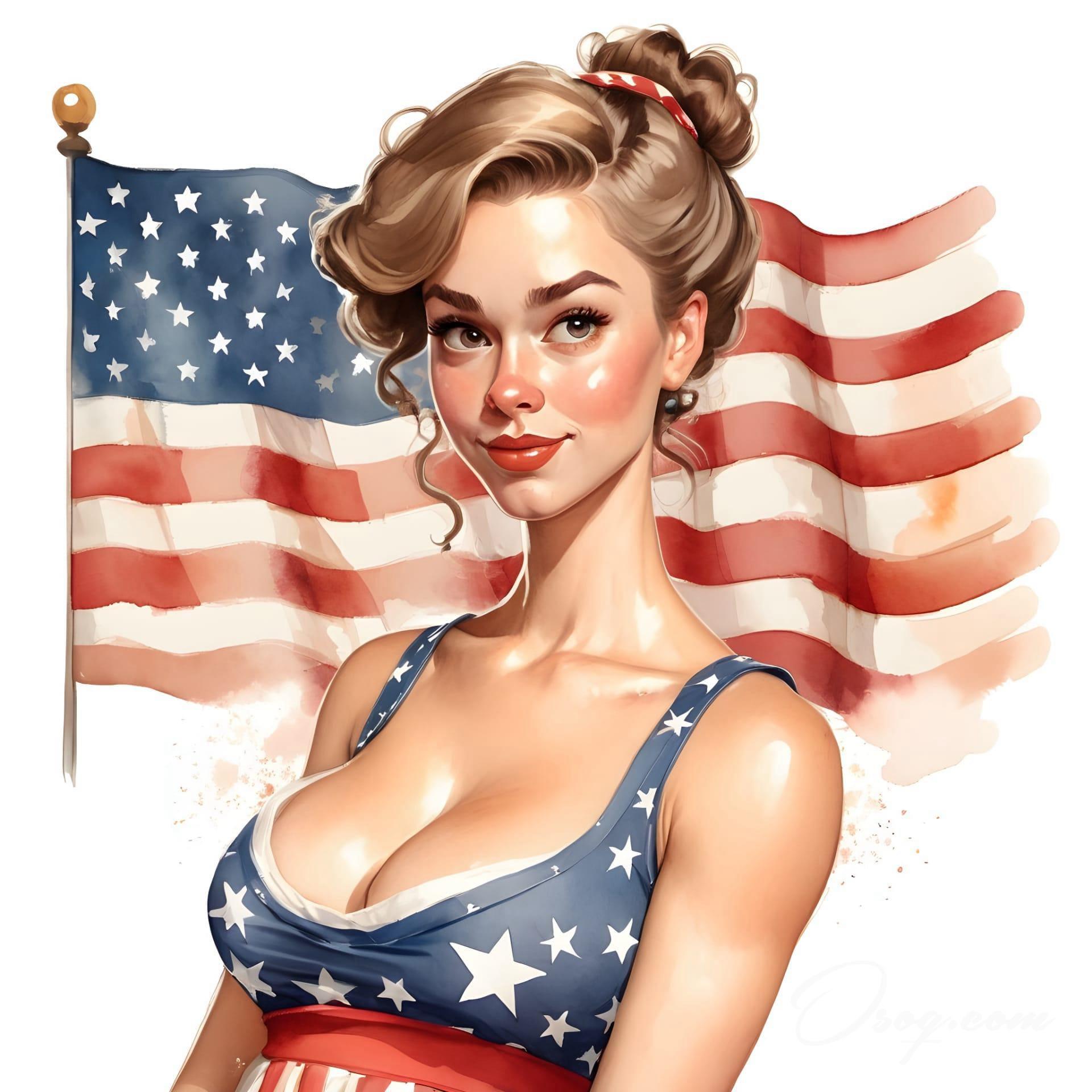
Evolution with media. The medium for caricatures has evolved from newspapers and magazines to digital platforms, allowing for a broader reach and more innovative techniques, including animated caricatures.
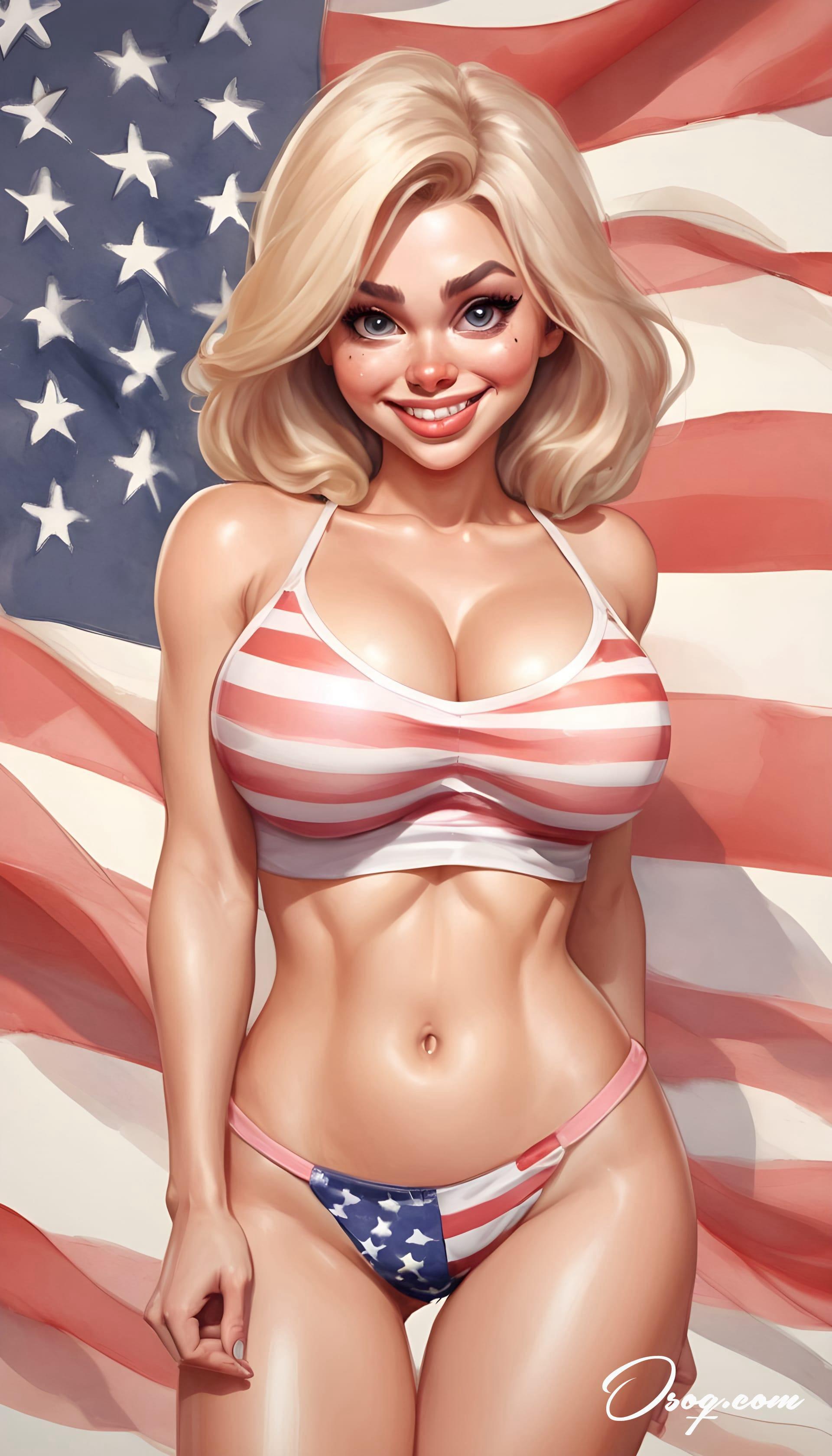
Part of pop culture. Caricature has firmly embedded itself into American pop culture, appearing in everything from editorial cartoons to entertainment shows and beyond, often influencing public opinion.
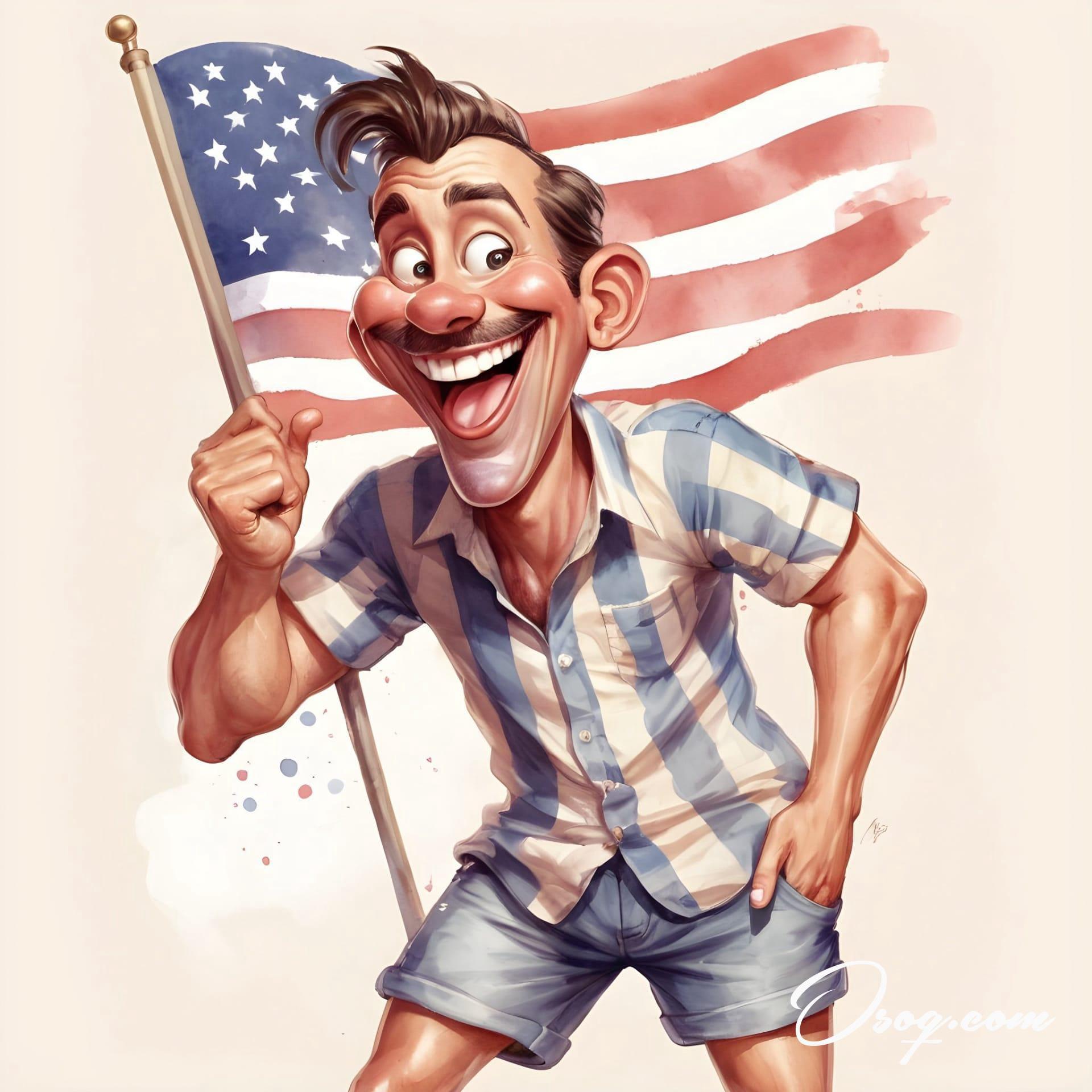
A tool for memory. The exaggerated features in caricatures make them memorable, helping people recall and recognize public figures more easily.
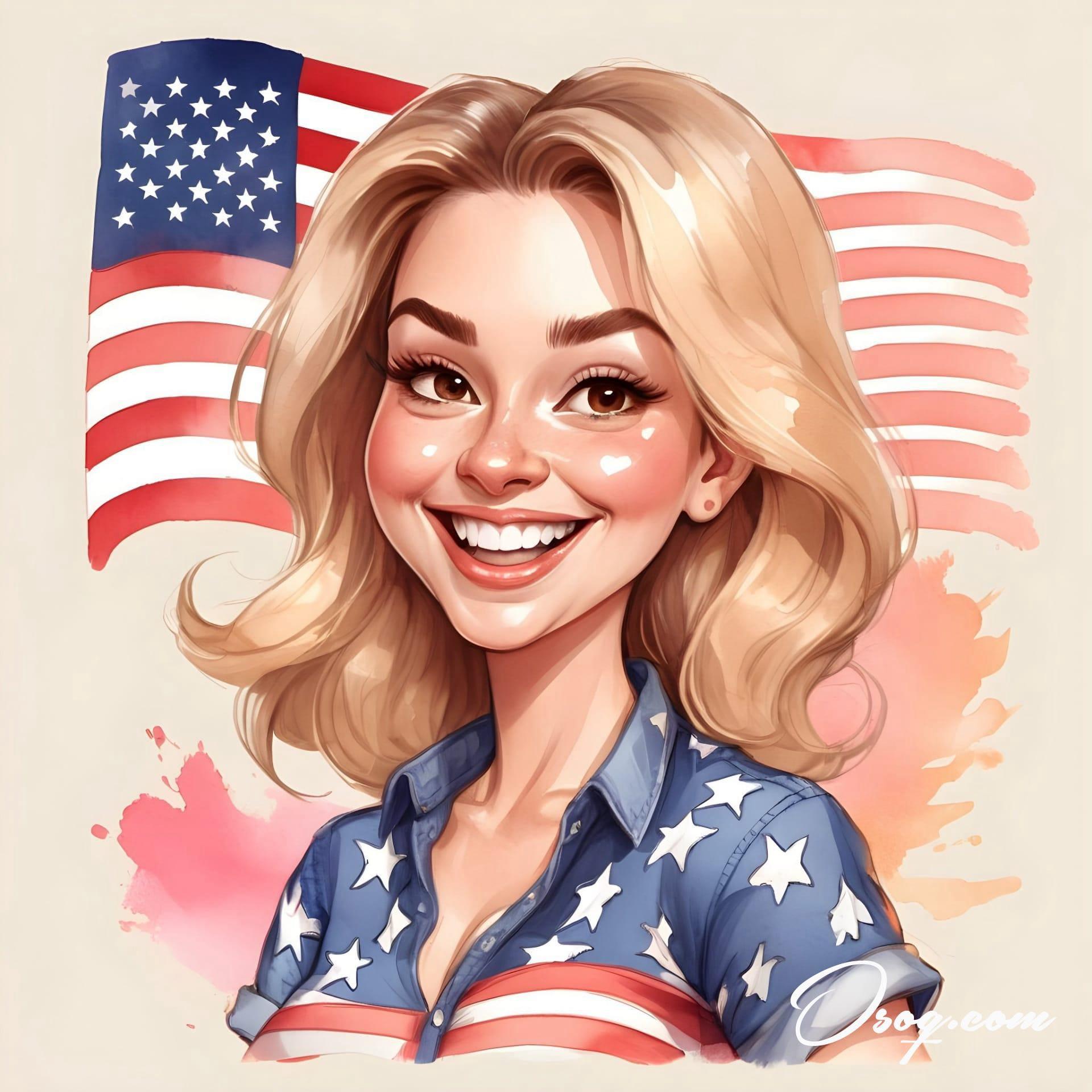
Speed drawing. Caricaturists often work quickly, capturing the essence of their subjects in just a few swift strokes, showcasing impressive skill and efficiency.
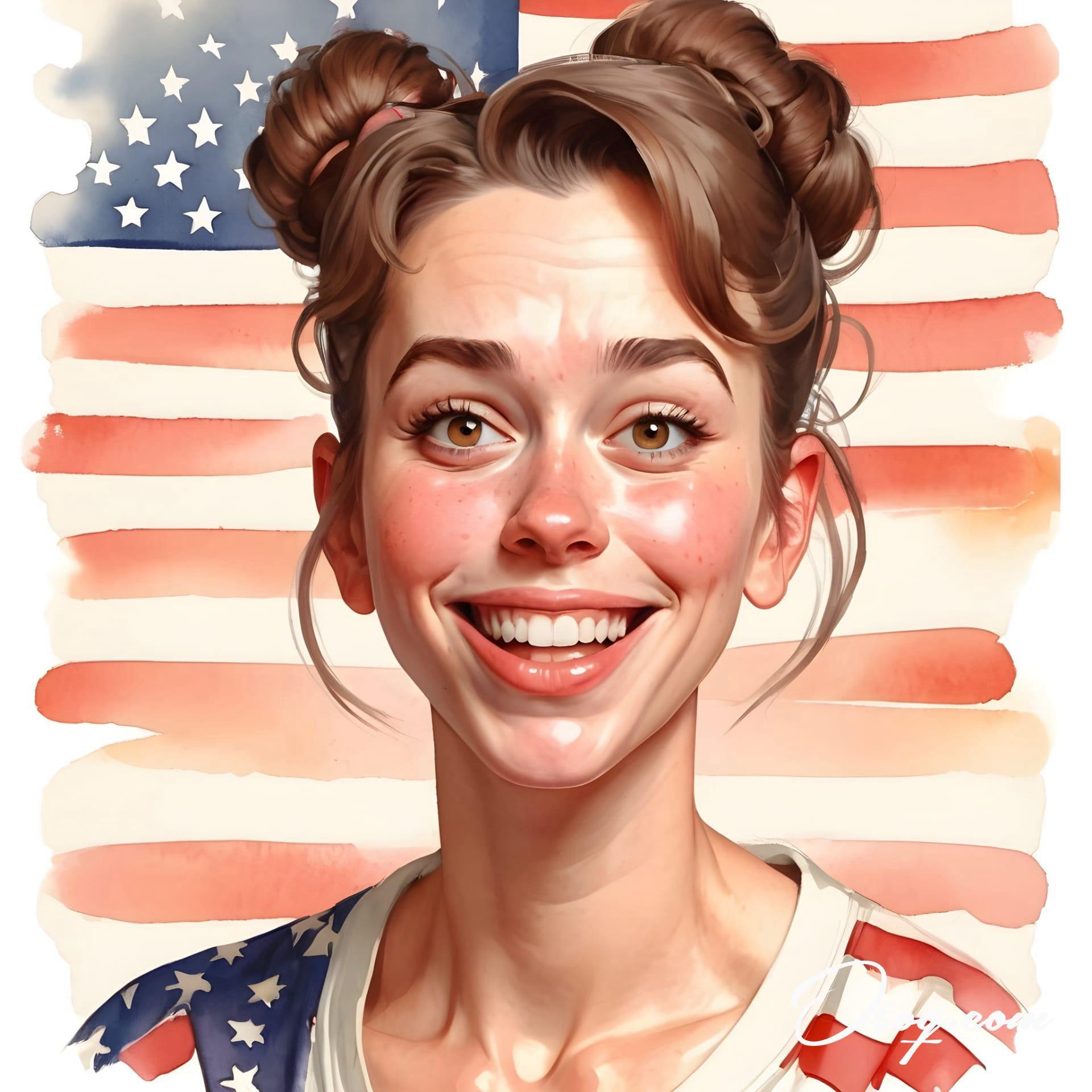
Artistic freedom. There is no one "right" way to create a caricature. Artists have the freedom to choose which features to exaggerate and how, leading to a wide variety of styles.
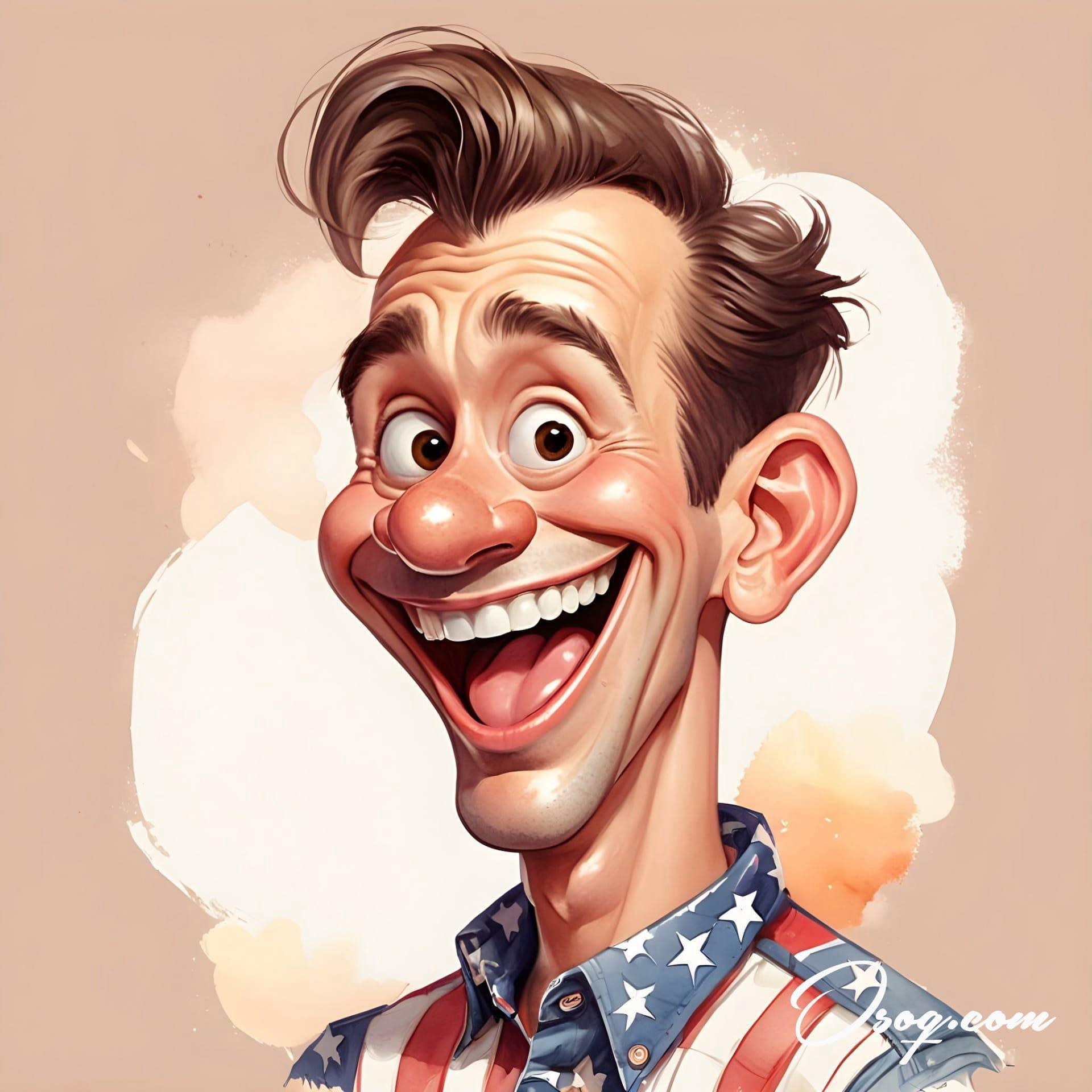
Global influence. American caricature has influenced and been influenced by caricature traditions from around the world, leading to a rich global exchange of stylistic and thematic elements.
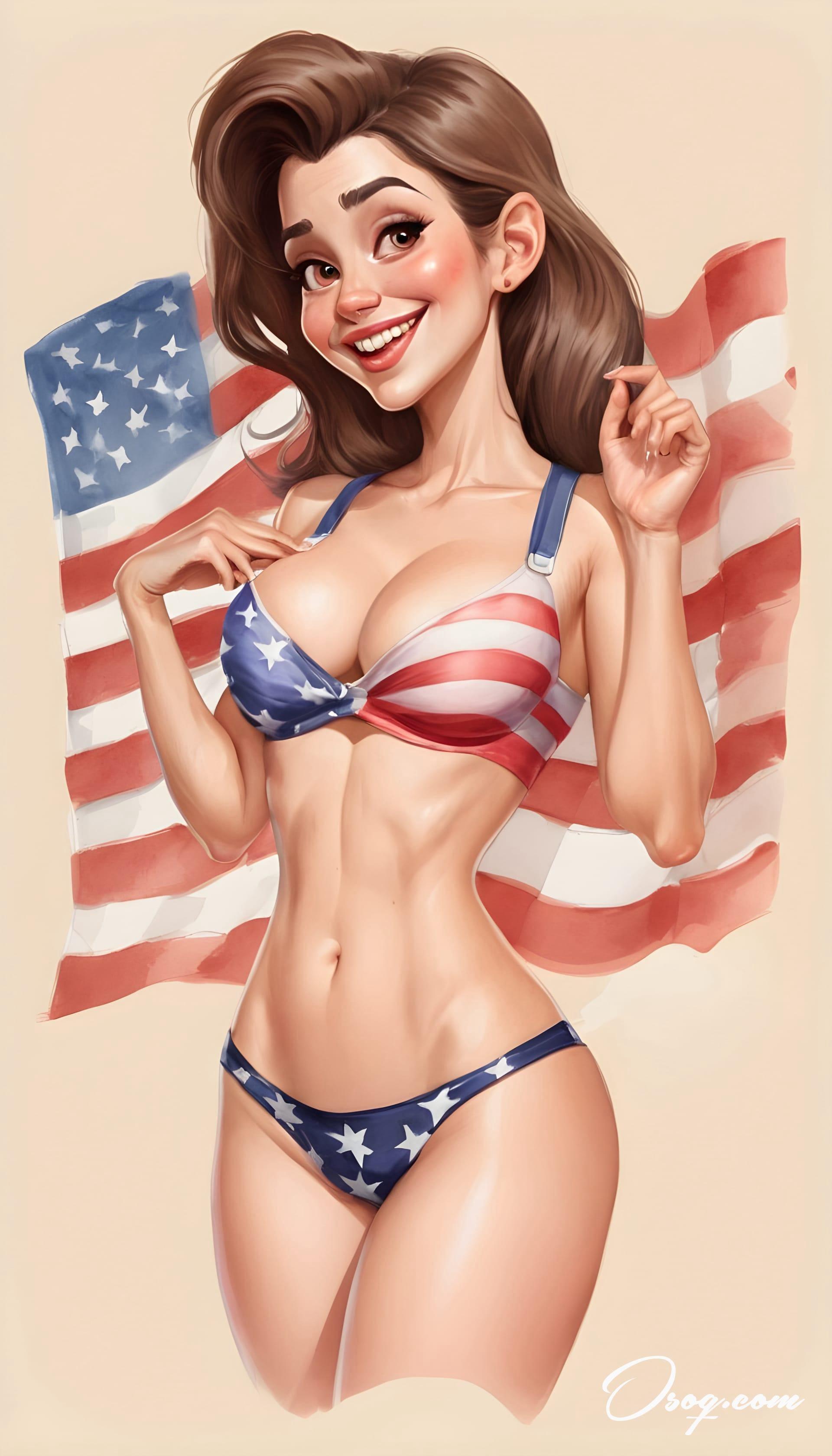
Educational use. Caricatures are sometimes used in educational contexts to engage students with historical figures and events in a more relatable and entertaining way.

A reflection of society. Caricatures often reflect societal attitudes and changes, capturing moments in history with a unique blend of humor and critique.
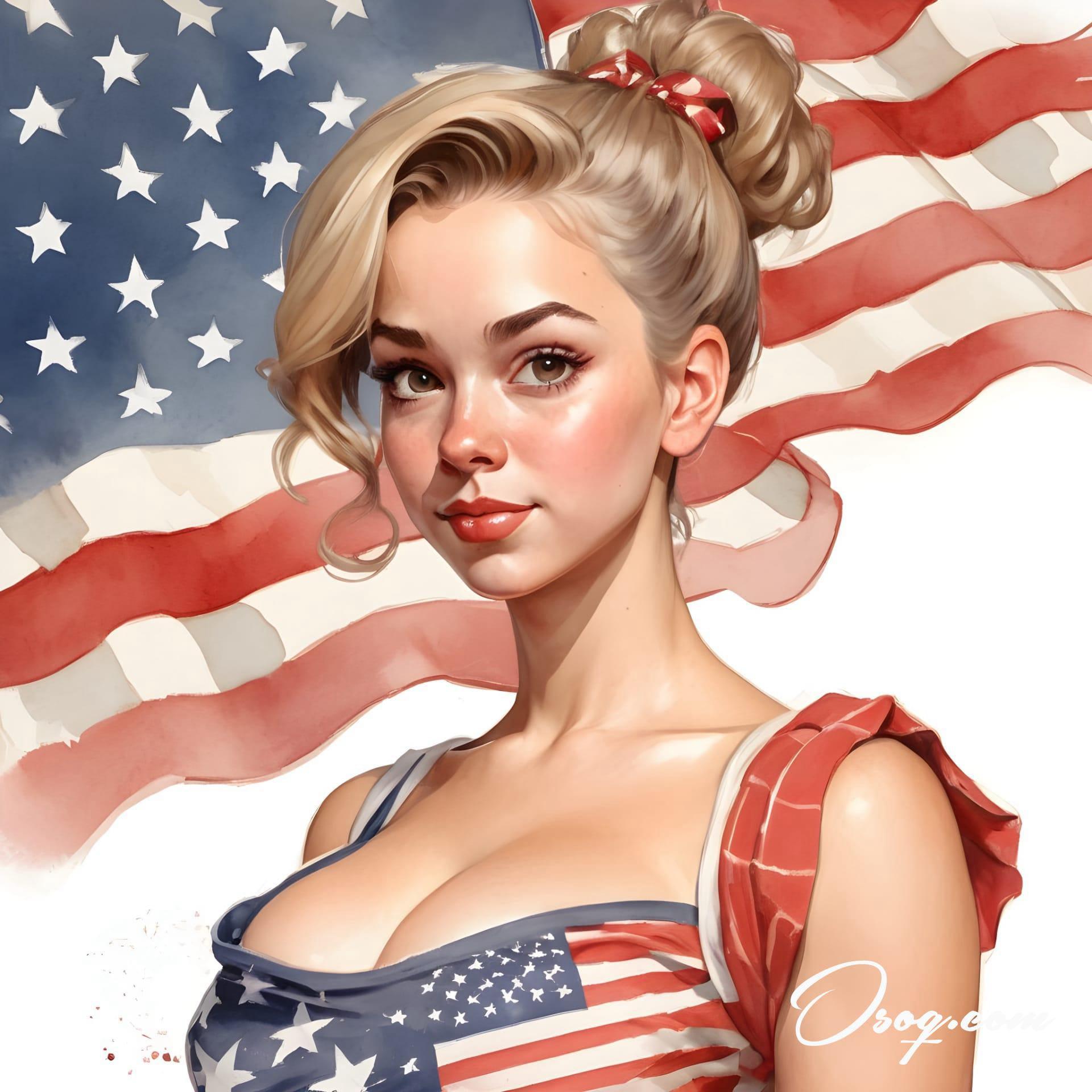
The power of simplicity. Even with exaggerated features, the best caricatures maintain a simplicity that conveys the essence of the subject without overwhelming the viewer with details.
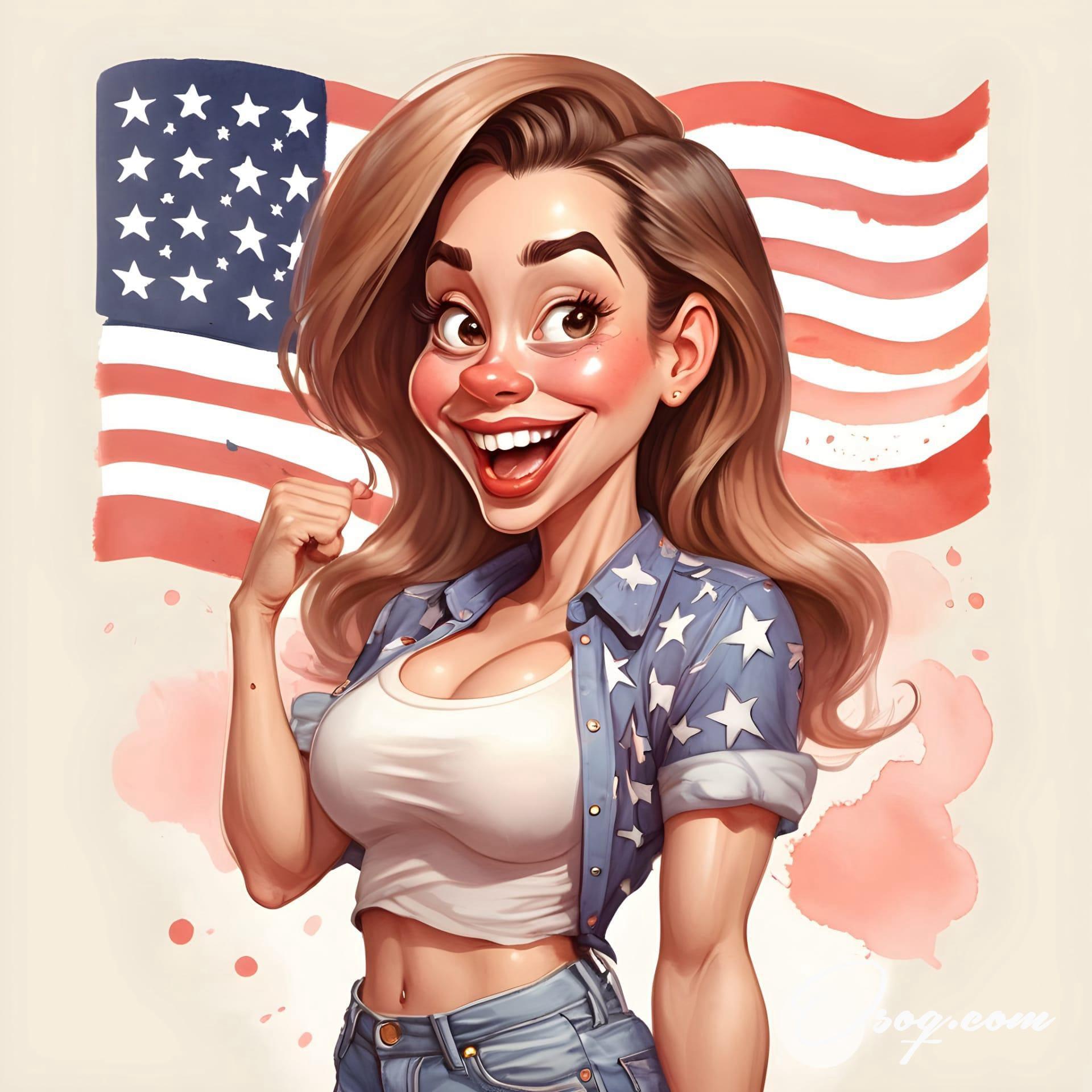
A blend of realism and fantasy. Caricature artists balance between a recognizable likeness and fantastical exaggeration, creating a unique space where art meets imagination.
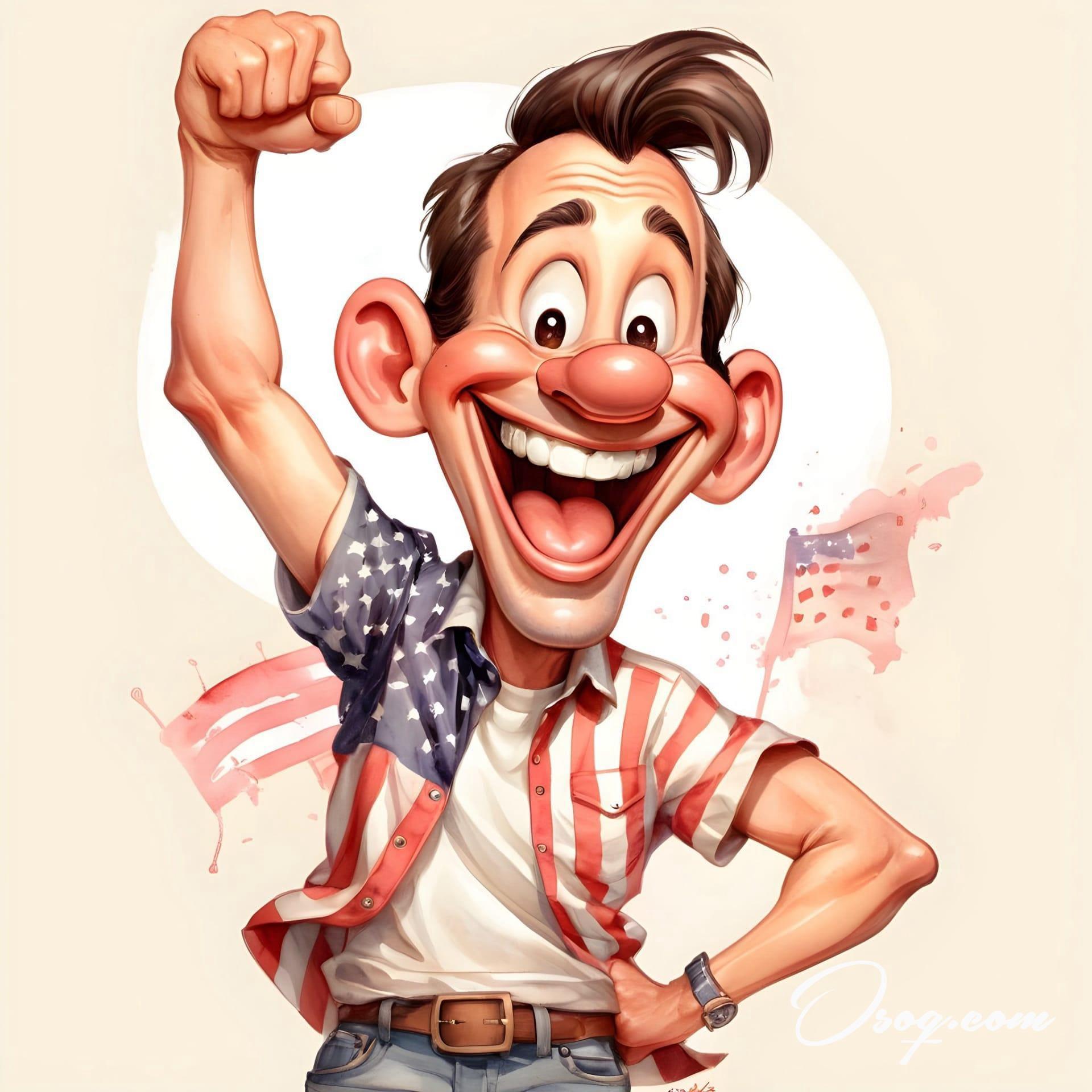
Participation in politics. Political caricatures play a significant role in American politics, contributing to political discourse through satire and humor.
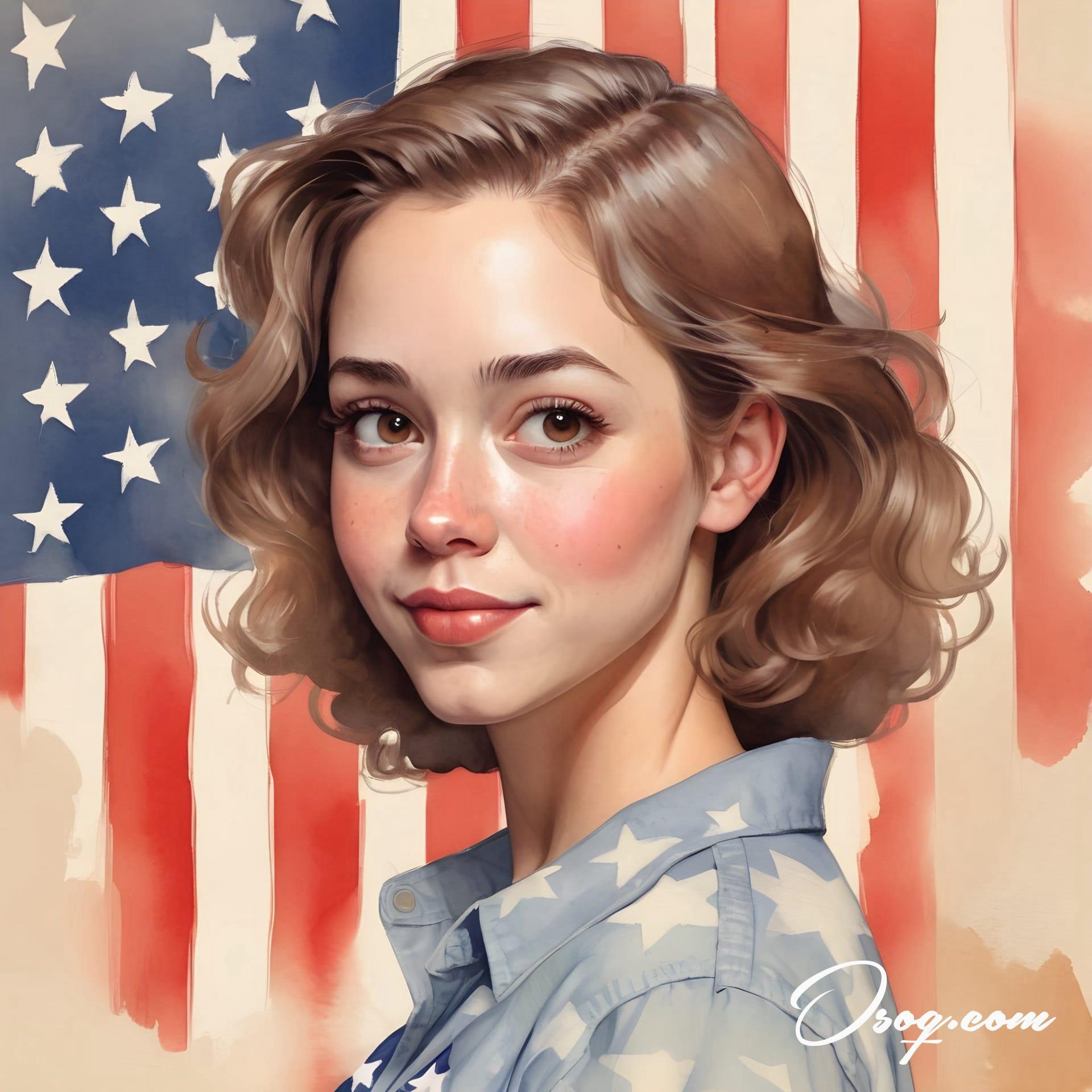
Expressing the inexpressible. Caricatures can convey complex ideas and emotions that are difficult to express with words alone, utilizing visual shorthand to communicate effectively.
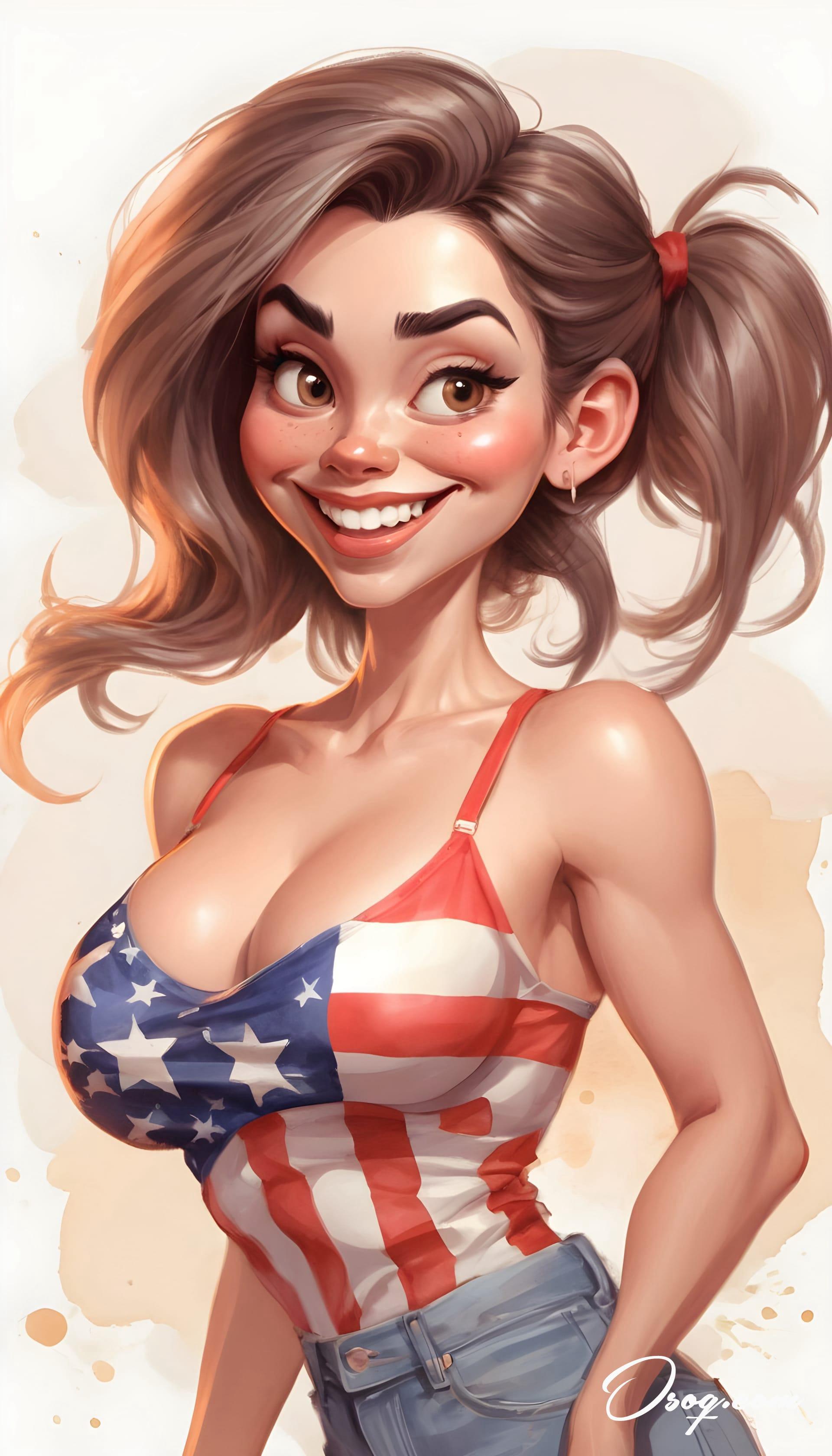
Technique variety. Artists employ a range of techniques, from traditional pen and ink to digital tools, each adding a different texture and feeling to the caricature.
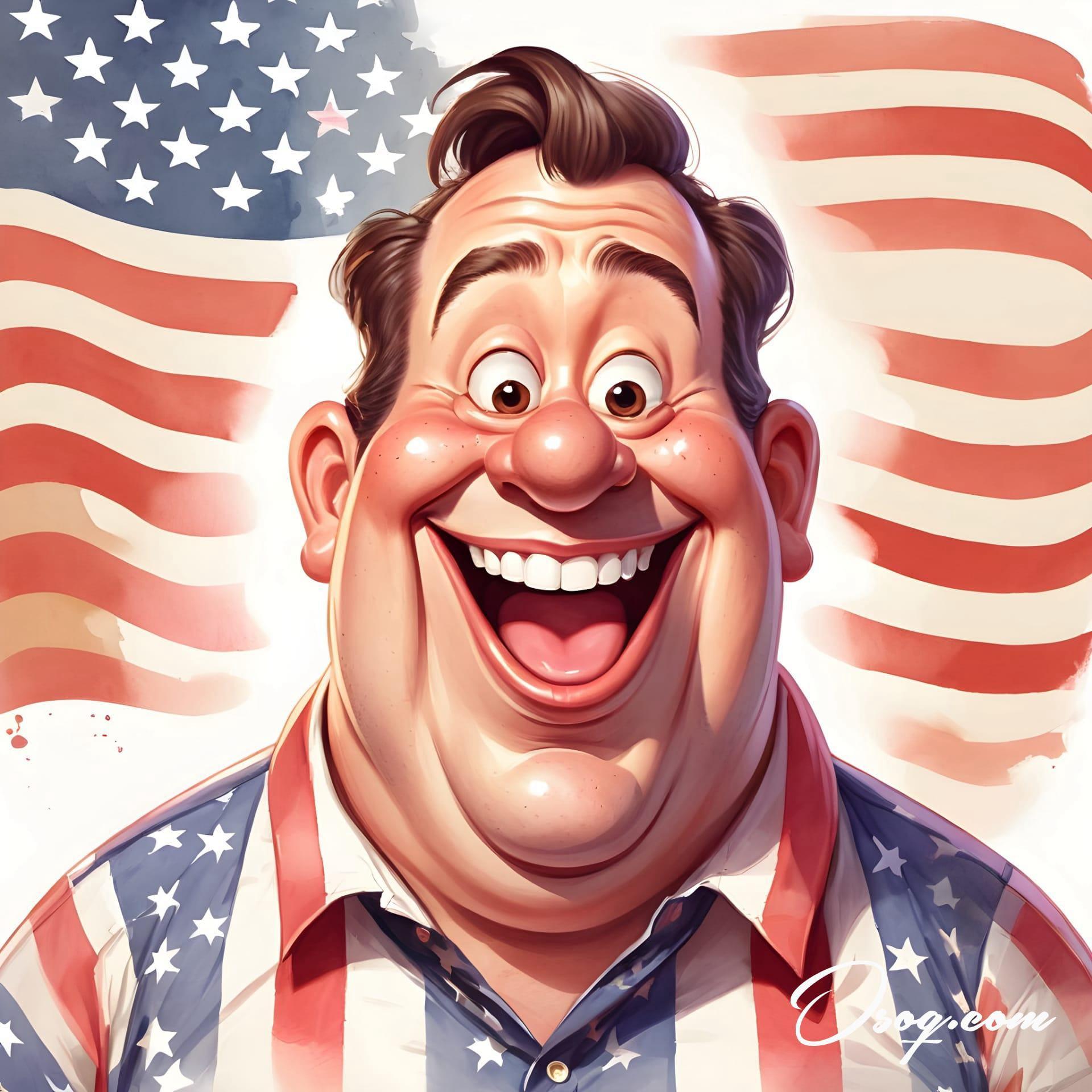
A form of entertainment. Beyond their social and political roles, caricatures serve as entertainment, providing light-hearted content that appeals to a wide audience.

Interactive experiences. Live caricature drawing at events provides interactive entertainment, allowing individuals to see themselves through the humorous lens of the caricaturist.
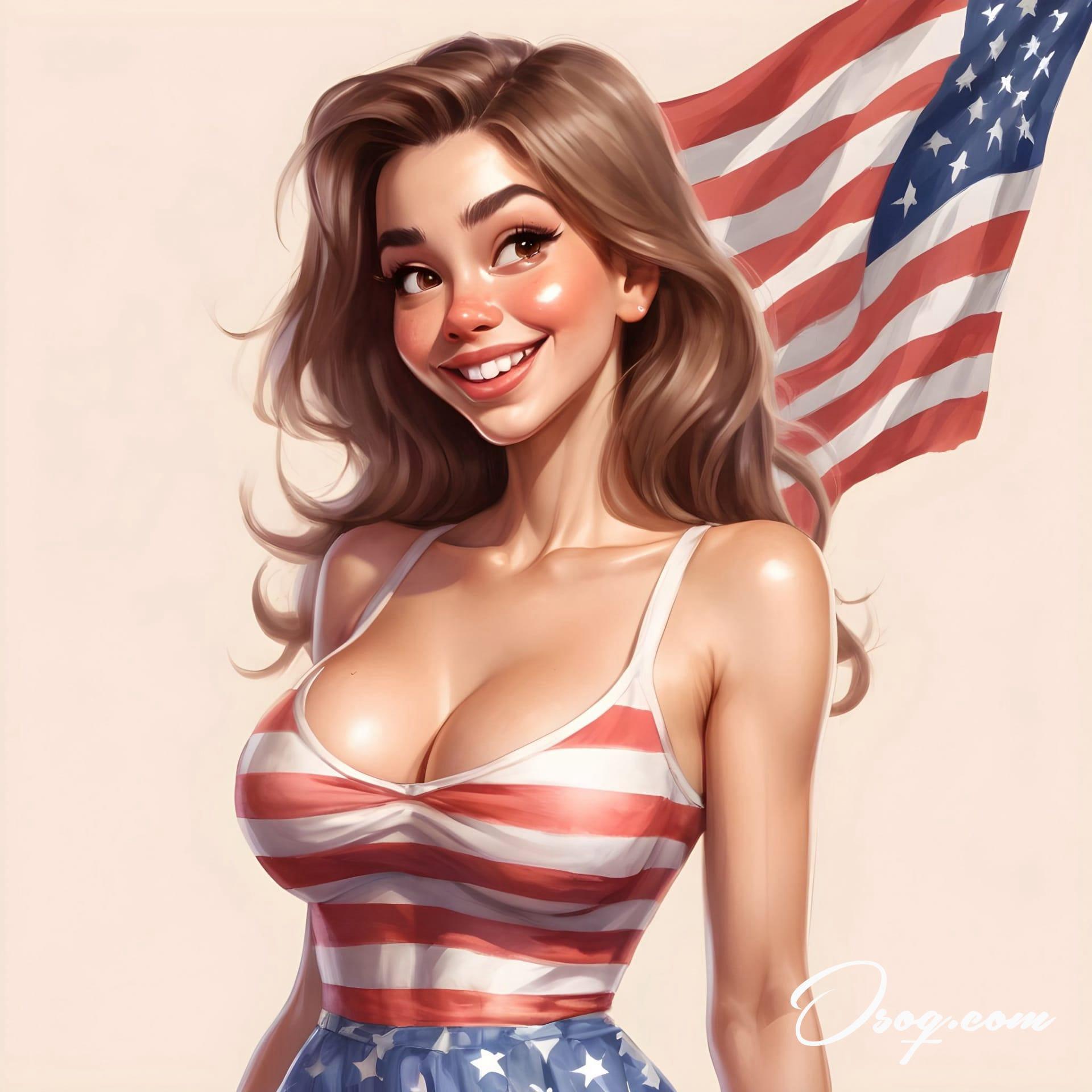
Enduring appeal. Despite changes in society and technology, the appeal of caricature remains strong, continuing to entertain, critique, and capture the imagination of audiences.